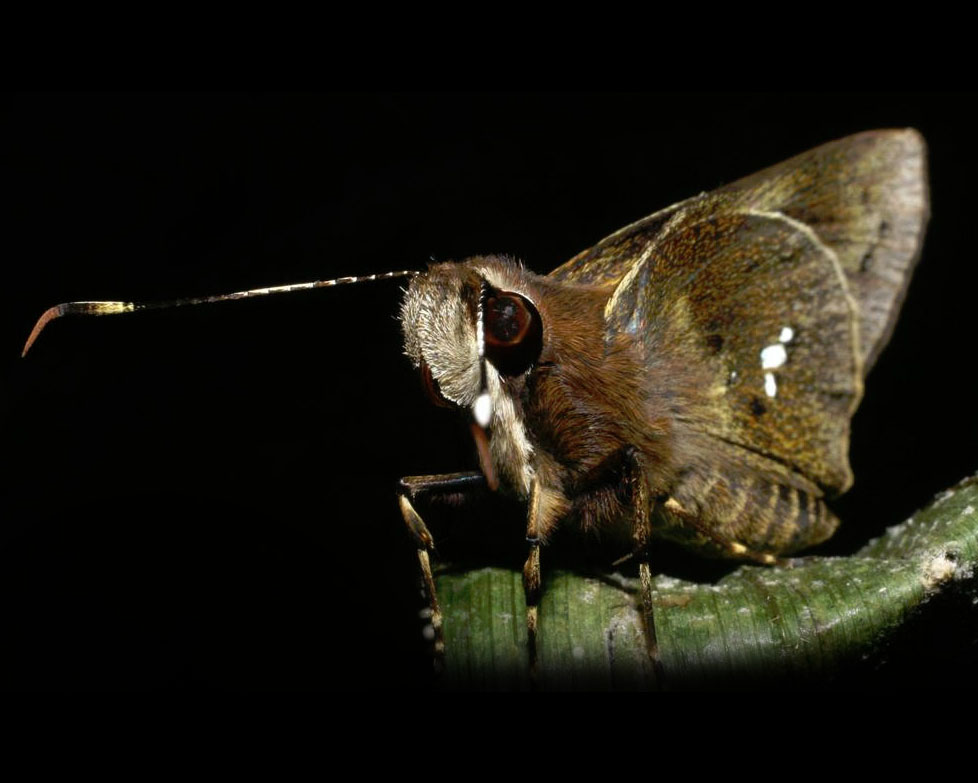 posted: 06/29/2017
posted: 06/29/2017
A collaboration between biologists and materials scientists at the University of Pennsylvania is yielding new insights into the whiteness on the wings of the “skipper butterfly”, a dusk-active and shade-inhabiting Costa Rican rain forest butterfly. They identify two types of whiteness: angle-dependent and angle-independent. They speculate that the biological functions and evolution of Carystoides spot patterns, scale structures, and their varying whiteness are adaptations to the butterfly’s low light habitat and to airflow experienced on the wing base versus wing tip during flight.
Note that there is no pigment for “whiteness.” Indeed, structural whiteness is technologically important in systems ranging from power efficient computer displays, to sensors, to energy efficient buildings, windows, and vehicles.
news release
